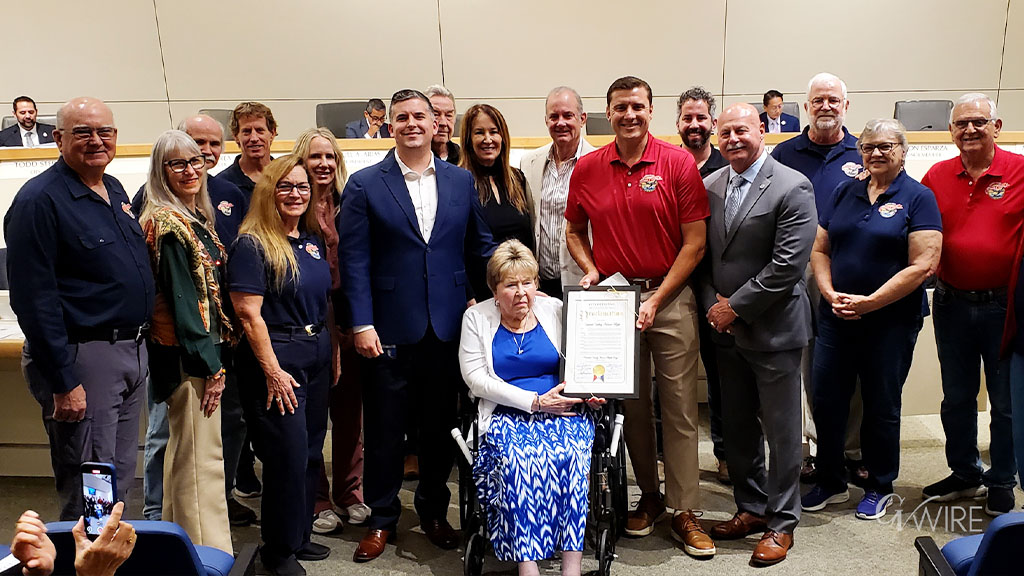Despite tripling its budget over 25 years, California's persistent problems suggest governance failures. (CalMatters/Adriana Heldiz)

- California's general fund has tripled to $229 billion despite persistent housing and homelessness crises.
- Democratic dominance over 25 years has failed to solve the state's most pressing problems.
- Gubernatorial candidates offer few concrete solutions to California's governance challenges.
Share
This commentary was originally published by CalMatters. Sign up for their newsletters.
The first quarter of the 21st century has been, in a sense, a test of whether California — a state enormously blessed but enormously troubled — can be effectively governed.
For decades, California’s two political parties had struggled for dominance. Control of its governorship, its Legislature, its congressional delegation and its presidential electoral votes had shifted back and forth as the mood of voters oscillated.
However, by the turn of the century, Democrats had captured all the levers of political power. And over the last 25 years their dominance has grown ever stronger, interrupted only by the performative seven-year governorship of action film actor and nominal Republican Arnold Schwarzenegger.
Democratic Spending Strategies Fall Short
The disappearance of inter-party competition means Democrats have been free to implement their responses to multiple issues spawned by the state’s economic and cultural complexity — such things as erratic water supply, low-performing public schools, homelessness, housing shortages, and chronically high levels of unemployment and poverty.
In general, Democratic governors and legislators have believed that throwing money — lots of it — at those and other problems would result in tangible improvement. An obscure chart in the state budget reveals how much money.
In 2000, the state’s population was 34 million and has since grown by 15% to just over 39 million. According to the state Department of Industrial Relations, California’s consumer price inflation has been close to 100% in that period.
However, California’s general fund — which pays for the state’s core programs, such as education, health care and prisons — has tripled from $78 billion during Democrat Gray Davis’ governorship to $229 billion in Gov. Gavin Newsom’s latest budget. The increase has been financed largely by taxing Californians’ personal incomes, which also have tripled from $1.14 trillion to $3.5 trillion.
Massive Spending Increases Yield Minimal Results
General fund spending per capita is 2.5 times what it was in 2000, rising from $2,296 to $5,835. And the number of state employees — 311,239 in 2000 — is now 40% higher at 436,435.
Anyone would be hard-pressed argue that those increases by Democratic officeholders have produced breakthroughs on the state’s most pressing issues. Shortages and the costs of housing, homelessness, low academic scores and other existential issues continue to plague the state.
If the effectiveness of governance has not improved during the last quarter century of one-party dominance and high levels of spending, California’s economic and civic ails may reflect something else, perhaps a lack of creativity or cohesive civic leadership, or maybe a governance structure based on a 19th century model that doesn’t suit a 21st century reality.
The current blame shifting and finger pointing between state officials, especially Newsom, and city and county governments over accountability for homelessness may be a clue that something is lacking. It’s as if everyone knows they can’t fix the problem so they have resorted to face-saving.
Governor’s Race Offers Little Innovation
The process of choosing a successor to Newsom will kick off a year from yesterday, with the June 2026 primary designating two finalists for the general election four months later.
On Wednesday evening, six of the self-proclaimed candidates for governor — four Democrats and two Republicans —answered questions about how they would govern in a forum sponsored by the state Chamber of Commerce at its annual economic summit.
Their polite banter revealed overall agreement on what some of California’s issues are — particularly the state’s high living costs — but was short on concrete proposals. The event, known in the political trade as a beauty contest, also was overshadowed by former Vice President Kamala Harris’ absence and coyness about running for governor.
Whether she’s in or out, the next governor will have a full plate of unresolved issues that need different approaches if California is to be – despite evidence to the contrary — still governable.
This article was originally published on CalMatters and was republished under the Creative Commons Attribution-NonCommercial-NoDerivatives license.
Make Your Voice Heard
GV Wire encourages vigorous debate from people and organizations on local, state, and national issues. Submit your op-ed to bmcewen@gvwire.com for consideration.




















